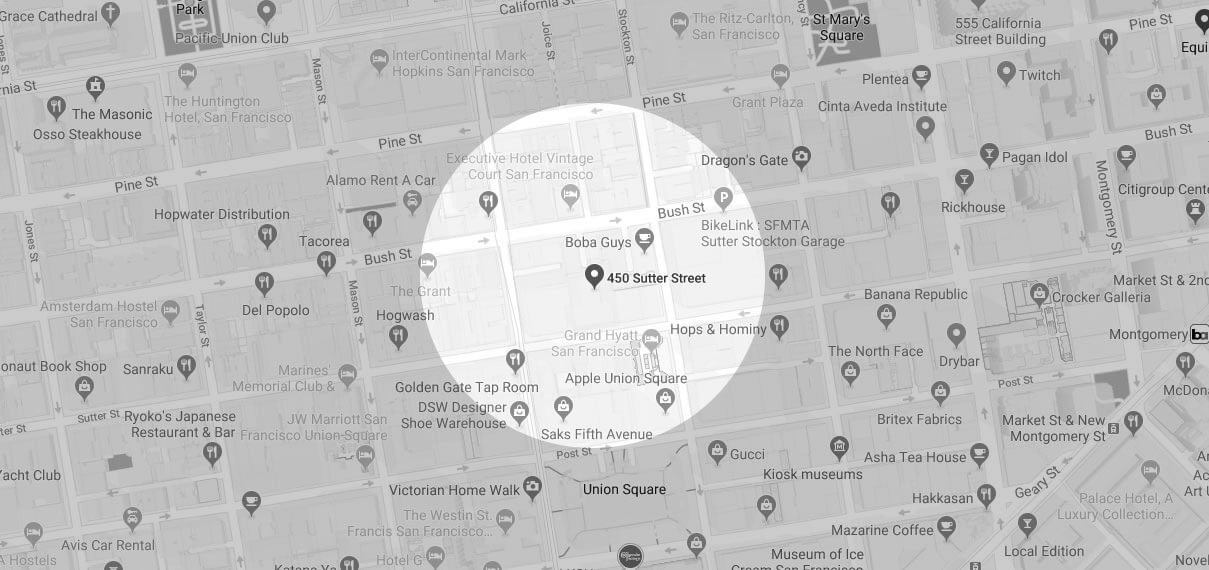Introduction
Hello, I'm Dr. Maria Rodriguez from My Dentist San Francisco. Over the course of my career, I've watched the remarkable evolution of orthodontics, from its traditional roots to the technologically advanced field it is today. Orthodontics, a branch of dentistry dealing with the correction of teeth and jaw alignment, has seen a wide range of transformative innovations and methodologies.
In this article, we'll delve deep into the history and evolution of orthodontics, from the era of conventional metal braces to the present day's cutting-edge, minimally invasive techniques. Join me on this fascinating journey as we explore the field's key milestones and projects where future developments might lead us.

Ancient Orthodontics: Humble Beginnings
Believe it or not, orthodontics isn't a product of recent medical advancements. Archaeologists have discovered evidence of early dental correction devices dating back to ancient civilizations. These rudimentary apparatuses were crafted from readily available materials such as animal bones and skin.
These early prototypes of braces, while crude by today's standards, laid the groundwork for future innovations in orthodontics. Each epoch brought with it incremental changes that have culminated in the advanced procedures we have at our disposal today.
Middle Ages to 18th Century: Progress in Baby Steps
The period spanning from the Middle Ages to the 18th century witnessed a slow but steady evolution of orthodontic techniques. Primitive dental devices, constructed from materials such as gold, silver, and copper - and even human hair in some instances - were used in attempts to align and straighten teeth.
A significant breakthrough during this era was the advent of dental impressions. In the 18th century, dentists began using beeswax to make these impressions, a crucial step that allowed for more personalized and effective treatment plans.
19th Century: Birth of Modern Orthodontics
The 19th century marked a turning point in the field, heralding the birth of modern orthodontics. Visionaries like Norman W. Kingsley and Edward Angle emerged, contributing enormously to our understanding of dental alignment and its impact on overall health.
Their work set the foundation for contemporary orthodontics. Kingsley published the first textbook on orthodontics, while Angle developed the first classification system for malocclusions, which is still in use today. Their pioneering efforts brought orthodontics to the forefront of dental medicine.
The Era of Metal Braces
Metal braces, synonymous with orthodontics for many, became the standard treatment method during the 20th century. Comprised of metal brackets cemented to each tooth and connected by a wire, these braces exert steady pressure on the teeth. This pressure gradually moves the teeth over time, correcting their alignment.
Despite their ubiquity and efficacy, traditional metal braces were not without their shortcomings. The design was bulky and visually prominent, which caused discomfort and self-consciousness for many patients, particularly adolescents. Nonetheless, these braces served as a vital step in orthodontic evolution, paving the way for future improvements.
Evolution of Braces Design
In response to the drawbacks of traditional metal braces, significant advancements were made to enhance their design. Modern metal braces are more compact, visually appealing, and comfortable than their predecessors. The metal used is also lighter and more adaptable, leading to less discomfort and faster treatment times.
One notable innovation is the introduction of heat-activated archwires. These wires use body heat to move teeth more quickly and with less pain than older archwire materials. As a result, today's metal braces are more efficient and user-friendly than ever before.
Introduction of Ceramic Braces
With increasing emphasis on aesthetics in orthodontic treatment, ceramic braces emerged in the late 20th century as a popular alternative to traditional metal braces. Like their metal counterparts, ceramic braces consist of brackets glued to each tooth, connected by a wire to exert pressure and realign the teeth.
However, these braces feature ceramic brackets designed to blend with the natural color of the teeth. This camouflage effect makes ceramic braces a more discreet option for patients concerned about the visual impact of metal braces.
The Advent of Lingual Braces
Advancements in orthodontics continued with the introduction of lingual braces, designed to meet growing patient demand for less visible orthodontic solutions. Lingual braces are similar to traditional braces in function but are placed on the back side of the teeth, making them virtually undetectable to others.
Despite the aesthetic appeal, lingual braces present unique challenges, including higher costs and more difficult cleaning procedures. However, their introduction underscores the ongoing commitment within the field of orthodontics to prioritize patient comfort and confidence without compromising treatment effectiveness.
Innovation: Self-Ligating Braces
Self-ligating braces represent a substantial leap forward in orthodontic technology. Unlike conventional braces that use elastic ties to secure the wire to the brackets, self-ligating braces utilize a slide mechanism that reduces the amount of friction during tooth movement.
This design not only results in less discomfort for the patient but also typically requires fewer adjustments, which can mean shorter appointment durations. Additionally, self-ligating braces are often more compact and less noticeable than traditional braces, addressing aesthetic concerns.
Clear Aligners: The Game Changer
Clear aligners, such as Invisalign, have transformed orthodontic treatment in the 21st century. These aligners are custom-fitted, removable, and virtually invisible plastic trays that gradually shift teeth into their correct positions. This approach removes the need for brackets and wires, offering a level of comfort and convenience previously unattainable.
Clear aligners have been praised for their ease of use and aesthetics, particularly among adult patients. Patients can remove the aligners to eat, drink, and clean their teeth, making them a user-friendly solution. This groundbreaking approach to orthodontic treatment has opened up a world of possibilities and reshaped our understanding of what is possible in orthodontics.
Orthodontic Software: The Digital Transformation
The integration of digital technology into orthodontics has resulted in profound improvements in treatment planning and execution. Orthodontic software can now generate 3D models of a patient's teeth, simulate treatment outcomes, and even assist in designing custom orthodontic appliances.
These tools allow orthodontists to plan treatments with unparalleled precision and predictability. The ability to visualize the potential results of treatment helps patients better understand the process and increases their confidence in the treatment plan.
Orthodontic Surgery: The Last Resort
Orthodontic surgery, while typically not a first-line treatment option, has become an integral part of modern orthodontics. In cases of severe misalignment or malocclusion, surgical interventions such as jaw surgery or the placement of temporary anchorage devices (TADs) can provide significant improvements where traditional braces or aligners may fall short.
It's important to understand that orthodontic surgery is often a comprehensive process, requiring significant planning and a recovery period. However, it allows us to help patients achieve optimal results, even when dealing with complex orthodontic issues.
Conclusion
From its humble beginnings in ancient civilizations to the contemporary landscape of sophisticated treatments and technologies, orthodontics has experienced a fascinating journey of evolution. Every milestone in this progression was guided by our dedication to finding increasingly effective, efficient, and aesthetically pleasing ways to perfect the alignment and function of our teeth.
Today, we're able to offer a multitude of treatment options to meet the unique needs and preferences of each patient, from traditional braces to clear aligners, from software-guided treatment planning to surgical interventions. This personalized approach, which would have been unthinkable in the early days of orthodontics, has improved the patient experience immensely.
Future of Orthodontics: Embracing the New Age
As we look to the future, we can expect even more exciting developments in orthodontics. Advanced materials, more sophisticated software, and cutting-edge techniques like 3D printing and biotechnology may further revolutionize the field.
Artificial intelligence is already starting to play a role in orthodontics, helping us analyze dental images and make treatment plans. Furthermore, progress in material science could lead to even more efficient and discreet appliances, further minimizing the aesthetic and physical discomfort associated with orthodontic treatment.
Orthodontics in San Francisco
Orthodontics is a testament to the power of human ingenuity and the relentless pursuit of progress. We've come a long way from the early days of metal braces, and yet, we're only just beginning to tap into the full potential of what modern technology can offer.
Here at My Dentist San Francisco, we're committed to staying at the forefront of these advances, continually refining our skills and broadening our knowledge. Our goal is, and always will be, to provide our patients with the highest standard of care and the best orthodontic solutions available.
From the moment you step into our clinic, we want you to feel confident knowing that you are in the hands of a team that's not only rooted in a rich history of orthodontic practice but is also eager to embrace the future of this ever-evolving field. We're excited about what's to come and we hope you are too. After all, every smile we help create is a testament to the ongoing evolution of orthodontics.



